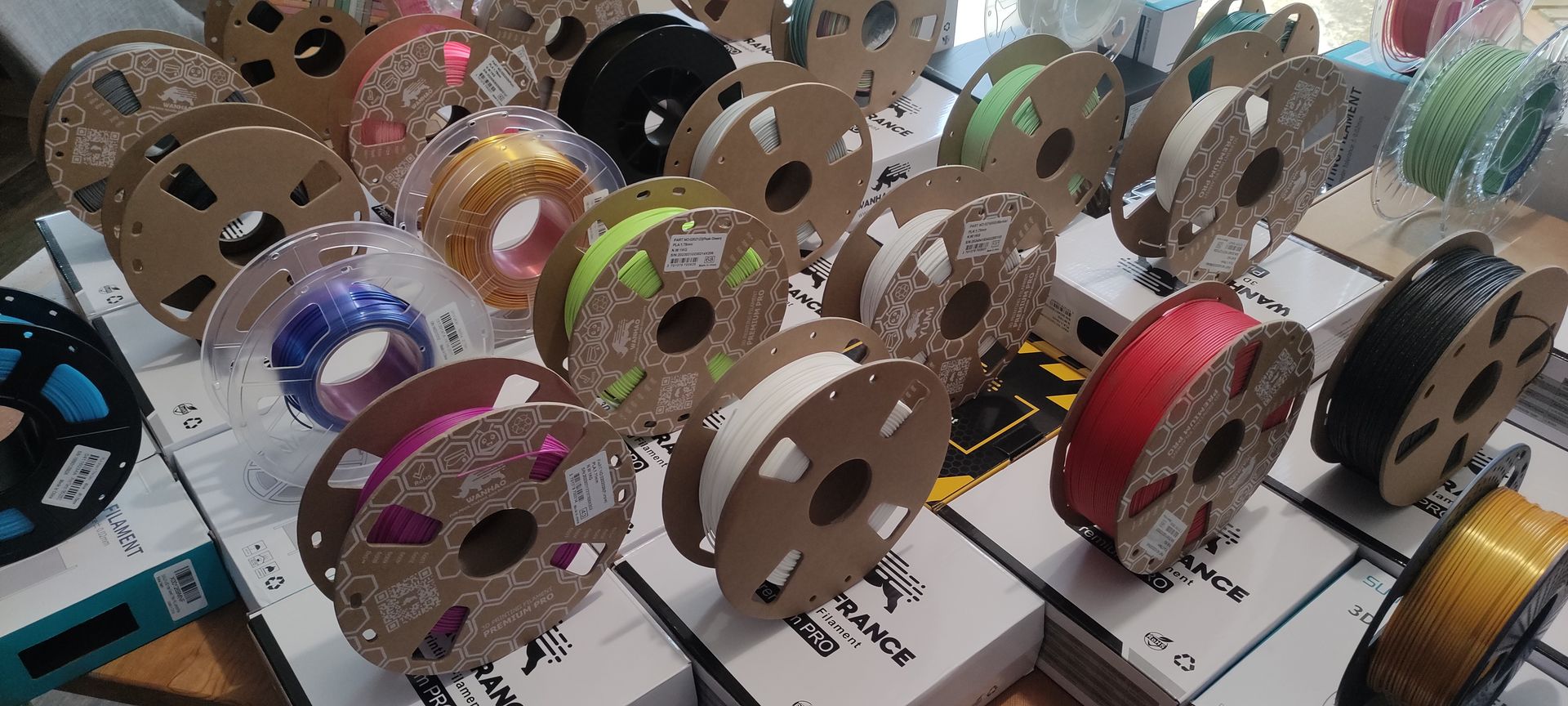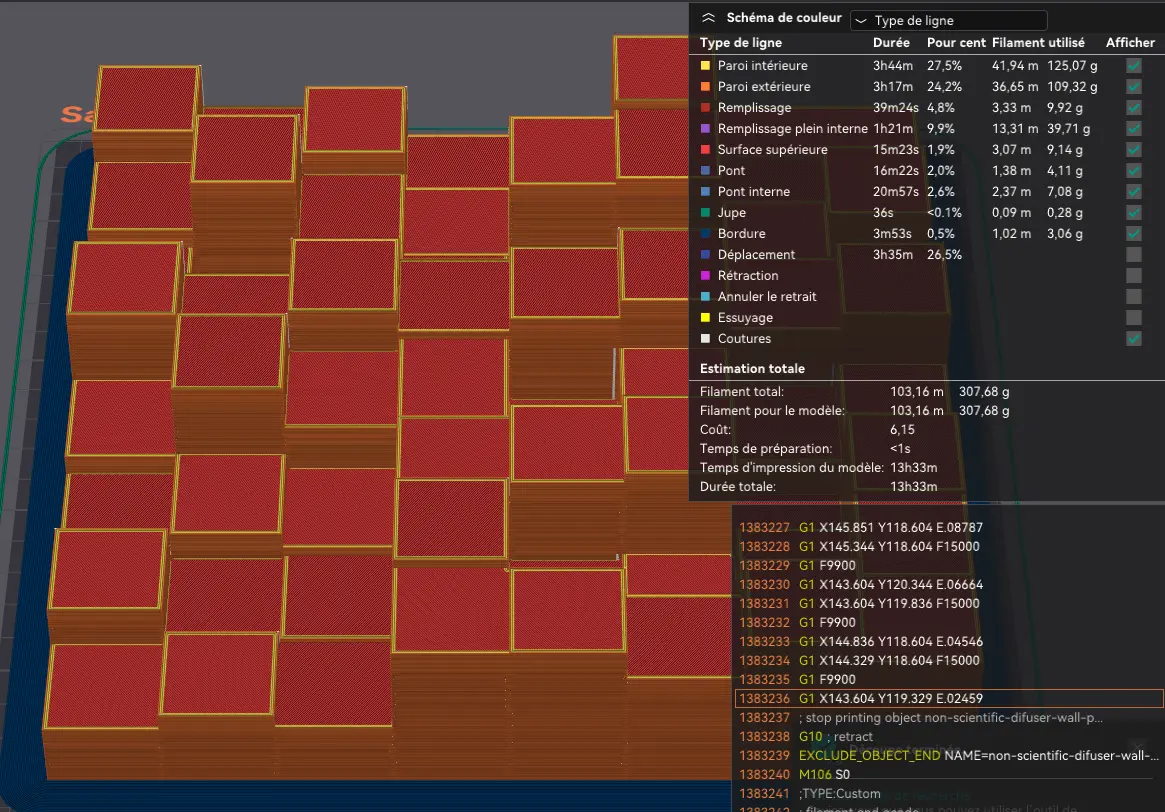Frequently Asked Questions
Qu’est-ce que l’impression 3D et comment fonctionne t'elle ?
L'impression 3D, ou fabrication additive, est une technique avancée de production d'objets en trois dimensions à partir de fichiers numériques. Ce processus repose sur l'application successive de couches minces de matériaux, tels que des plastiques ou des résines, permettant ainsi de réaliser de manière précise et progressive l'objet final souhaité.
Quelle technologie est disponible chez Toojust3Design ?
Currently, Toojust3Design specializes solely in 3D printing using fused deposition modeling (FDM). However, we are ready to review your projects in SLA.

What are the applications of 3D printing? What can you do with 3D printing?
3D printing is used in many fields, including prototype creation, art, medicine, architecture, and the manufacturing of replacement parts. It offers the ability to produce customized objects quickly and at a reduced cost.
What is the difference between FDM 3D printing and SLA 3D printing?
FDM printing (fused deposition modeling): ideal for solid and large parts, it uses heated thermoplastic filaments that are deposited layer by layer. This method is cost-effective, fast, and versatile, well-suited for prototypes and functional parts.
Resin printing (SLA): using liquid resin, solidified by a laser or projector, it offers exceptional precision and fine details, very useful for figurines, jewelry, and other detailed objects. However, it requires post-processing, and the parts are generally more fragile.
What materials can be used in 3D printing?
FDM printing uses plastic filaments, such as PLA, ABS, PETG, and nylon. Resin printers, on the other hand, operate with photosensitive resins of various properties: rigid, flexible, transparent, or specific for certain applications, such as biocompatibility.
What materials are available at Toojust3Design?
Currently, at Toojust3Design we use PLA and PETG. We are also able to use TPU, and soon ABS.


What is the average duration for a 3D print?
The duration varies depending on the size, complexity, and type of printing. A small FDM part can be completed in a few minutes, while a complex resin object may take several hours or even more than a day.
What to do if my 3D print is coming off the bed? What to do if my 3D print is not sticking to the bed?
This can happen if the bed is not sticky enough. Make sure it is clean and that the filament is properly adjusted. Be careful of fingerprints; they are truly the worst enemy of your bed adhesion! So be mindful of where you place your fingers when handling the bed or finished prints! When this happens, start by cleaning your bed with hot water and a drop of soap without letting your fingers touch the bed. You can then slightly adjust the temperature of your bed.
For material fusion, applying a thin layer of glue can help, but I only recommend it as a last resort. Meanwhile, in resin, adjusting the initial exposure time often improves adhesion.
What to do if my nozzle is rubbing on the 3D print?
This problem can occur if the bed level is improperly adjusted or if the nozzle is too low. Check the calibration and adjust the height of the nozzle. Also, make sure that the filament is being extruded correctly to avoid overly thick layers. You can also configure your slicing software to force the nozzle to avoid crossing over the prints during certain movements.
What to do if my 3D print is shifting?
Shifts can be caused by loose belts or an axis calibration issue. For FDM printers, make sure the belts are properly tightened and that the motors are running without obstruction. Also, check your SD card if you are using it as the storage medium for your prints; it is very common for this to generate such problems. Try using another storage card.
What to do if my 3D print is stringing?
"Stringing" is caused by poorly configured retraction. Adjust the retraction settings in your slicer (retraction distance and speed) to reduce this phenomenon. This is more common with PLA and ABS filaments. It can also be due to a temperature that is too high at the nozzle.